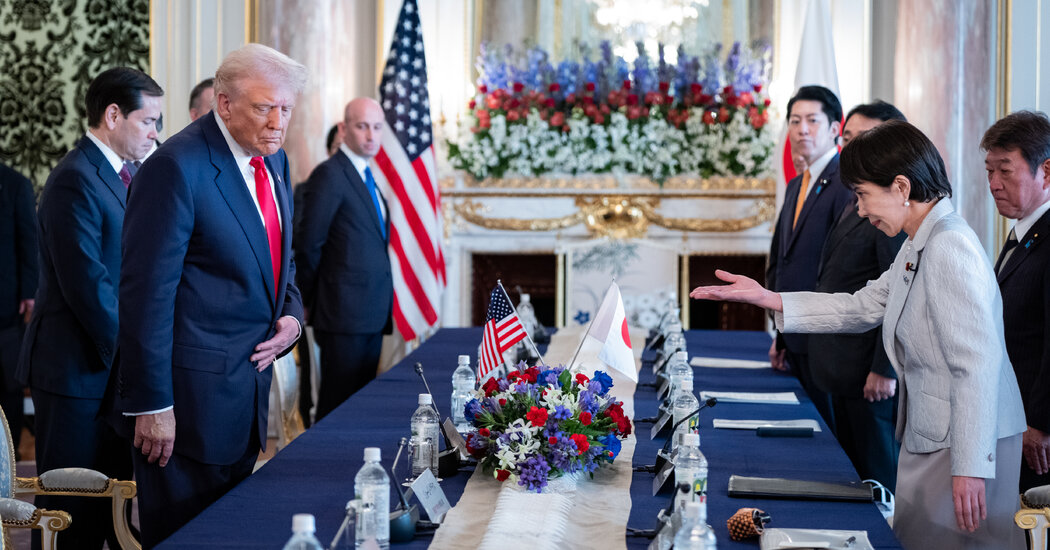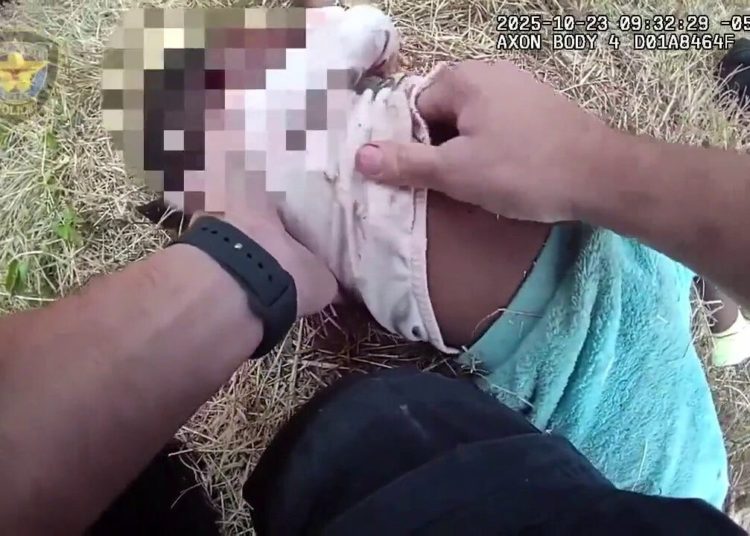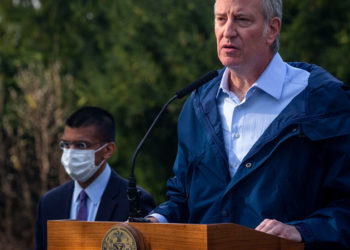The rice on the table wasn’t Japanese when President Trump and Japan’s new prime minister, Sanae Takaichi, sat down for lunch in Tokyo on Tuesday.
American rice was served, along with American beef, “deliciously made with Japanese ingredients,” a White House statement said.
The choice broke with the typical diplomatic practice of showcasing local ingredients. In 2019, Prime Minister Shinzo Abe took Mr. Trump to a hibachi restaurant that served Wagyu beef steak. President Joseph R. Biden and Prime Minister Fumio Kishida had salmon, chicken, fruit and vegetables from various parts of Japan in 2022.
In Japan, rice is a staple and a symbol of the nation’s identity, and recently, an issue in domestic politics because of a shortage that has sent prices soaring.
Ms. Takaichi’s office appeared to have made a calculated decision to make a good-will gesture to the United States during her first meeting with Mr. Trump, said Rintaro Nishimura, a senior associate in Tokyo at the Asia Group, a business consultancy.
It also appeared to signal the prime minister’s commitment to the terms of a trade deal that Japan reached with the United States in July that included a provision to increase rice imports from the United States, he said.
The message was not lost on the Americans. George Glass, the U.S. ambassador to Japan, said the use of American rice showed that the Japan-U.S. partnership had “deeply permeated all fields.”
Japan’s restrictions on rice imports were a sticking point in the trade negotiations, but Japan ultimately agreed to increase U.S. rice imports by 75 percent. Importing rice was an economical alternative as the supply of domestic varieties has tightened.
The United States, the largest rice exporter to Japan, represented roughly 5 percent of the country’s rice consumption last year, according to World Bank data.
Some Japanese social media commenters lamented that the country’s rice had been displaced. “Why isn’t it Japanese rice?” one wrote. “What a shame.” Another said, “I’m sorry, but I cannot compromise on rice. It is the soul of the Japanese people.”
Along with the American rice, eggplant from Nara, Ms. Takaichi’s home prefecture, was served, according to a photo of the menu posted to social media by Mr. Glass.
Culinarily, using American rice is a nonissue, said Takashi Kobayashi, a rice retailer in Tokyo. In a heavily flavored dish, the distinction between premium Japanese and imported rice would be lost anyway, he said.
According to the menu posted by Mr. Glass, at least some of the rice was served au gratin.
Mr. Kobayashi expressed doubt that Mr. Trump had the palate to truly value fine Japanese rice.
“It’s not a bad idea to show she is trying to work with the U.S.,” Mr. Kobayashi said of the prime minister. “We shouldn’t upset Trump.”
Hisako Ueno contributed reporting from Tokyo.
John Yoon is a Times reporter based in Seoul who covers breaking and trending news.
The post On the Menu for Trump in Tokyo: American Rice appeared first on New York Times.




